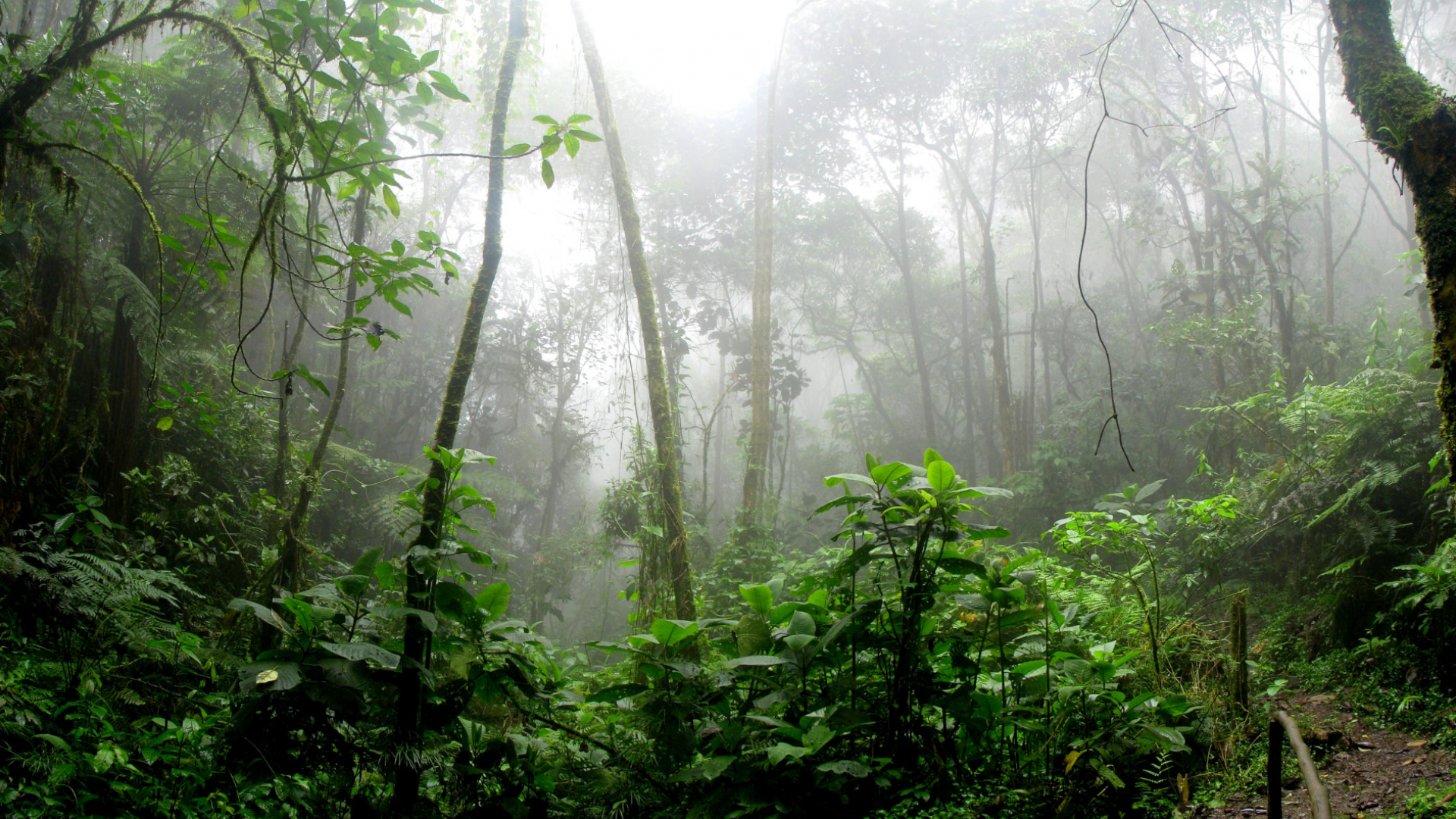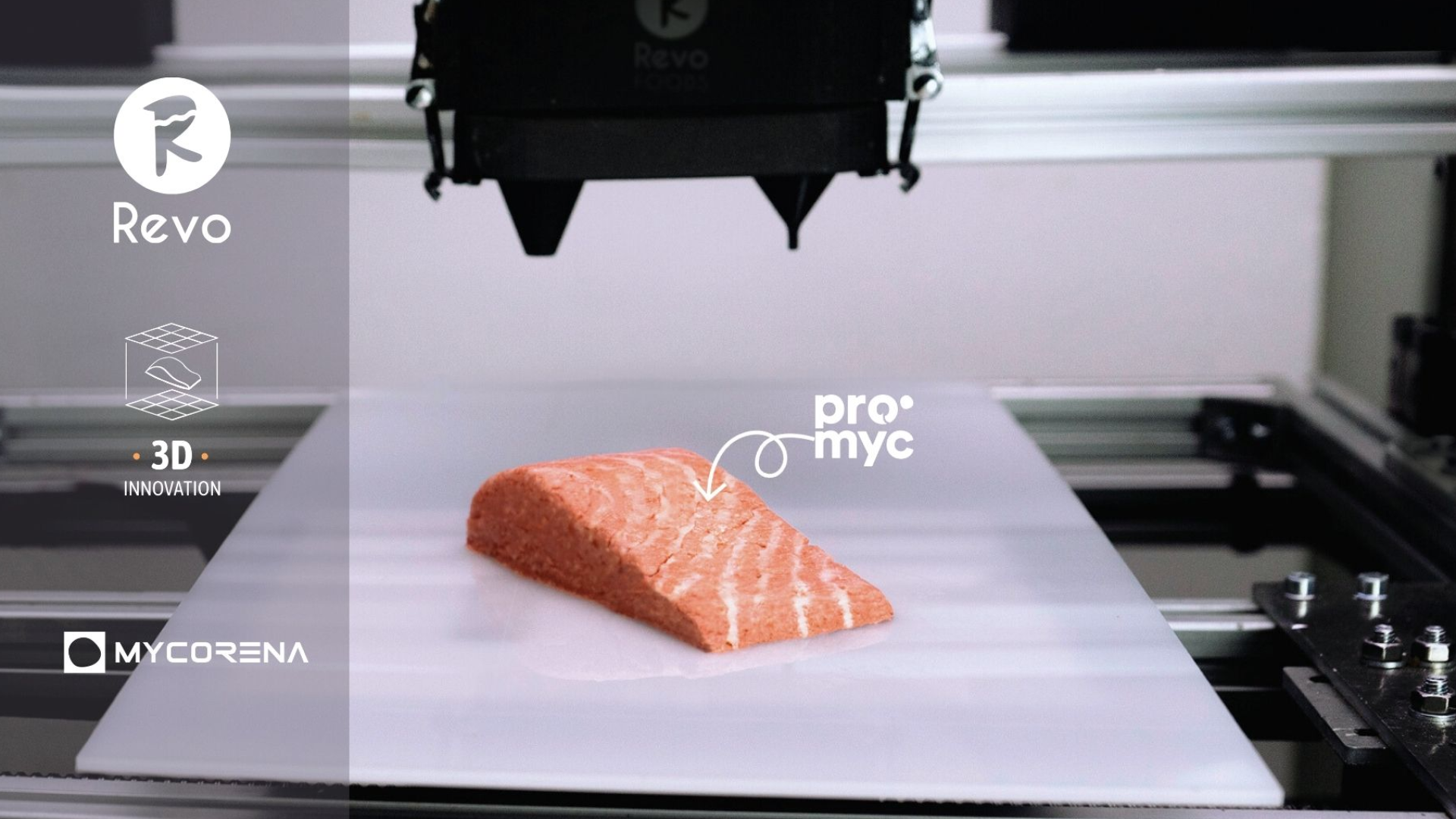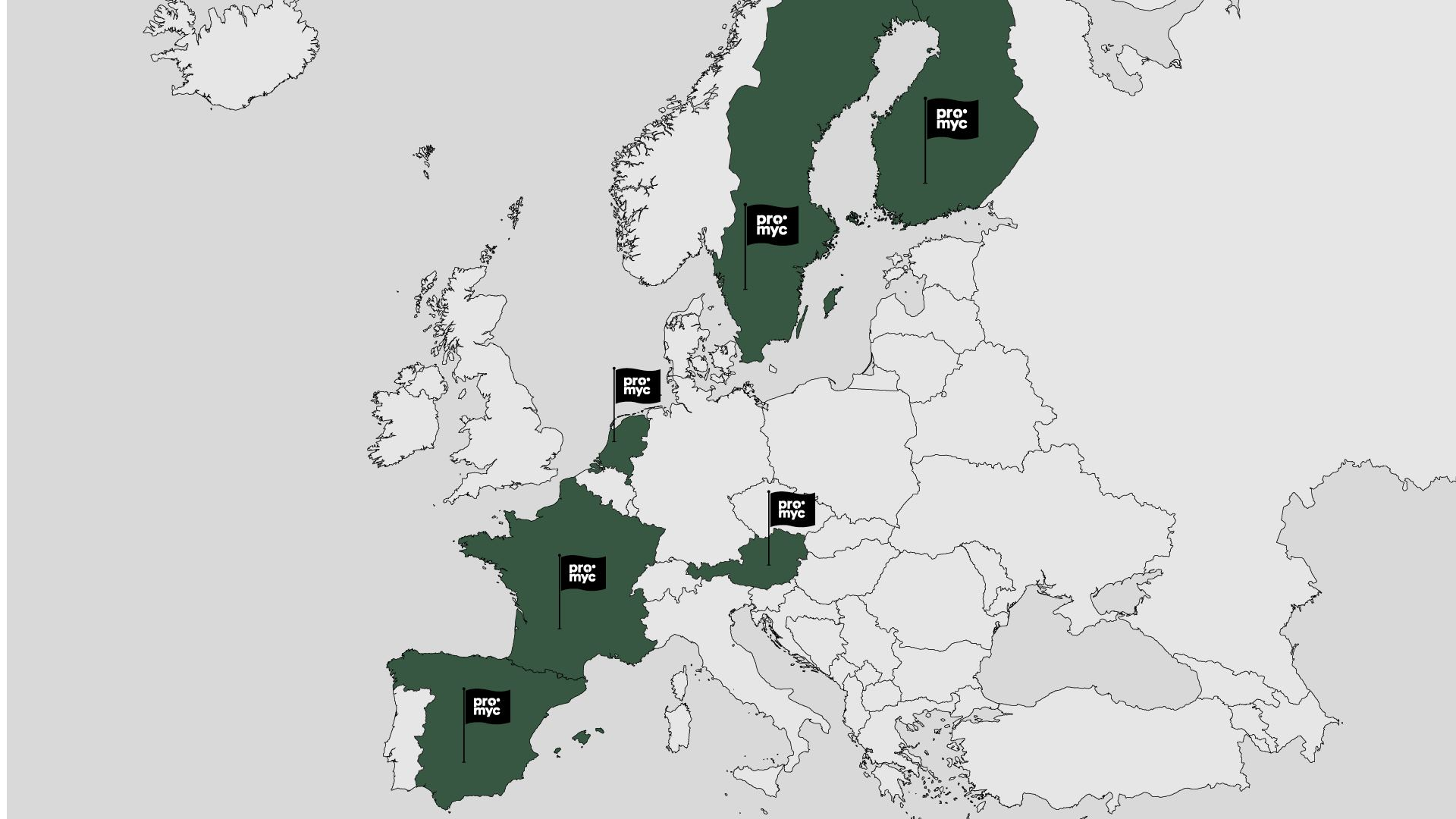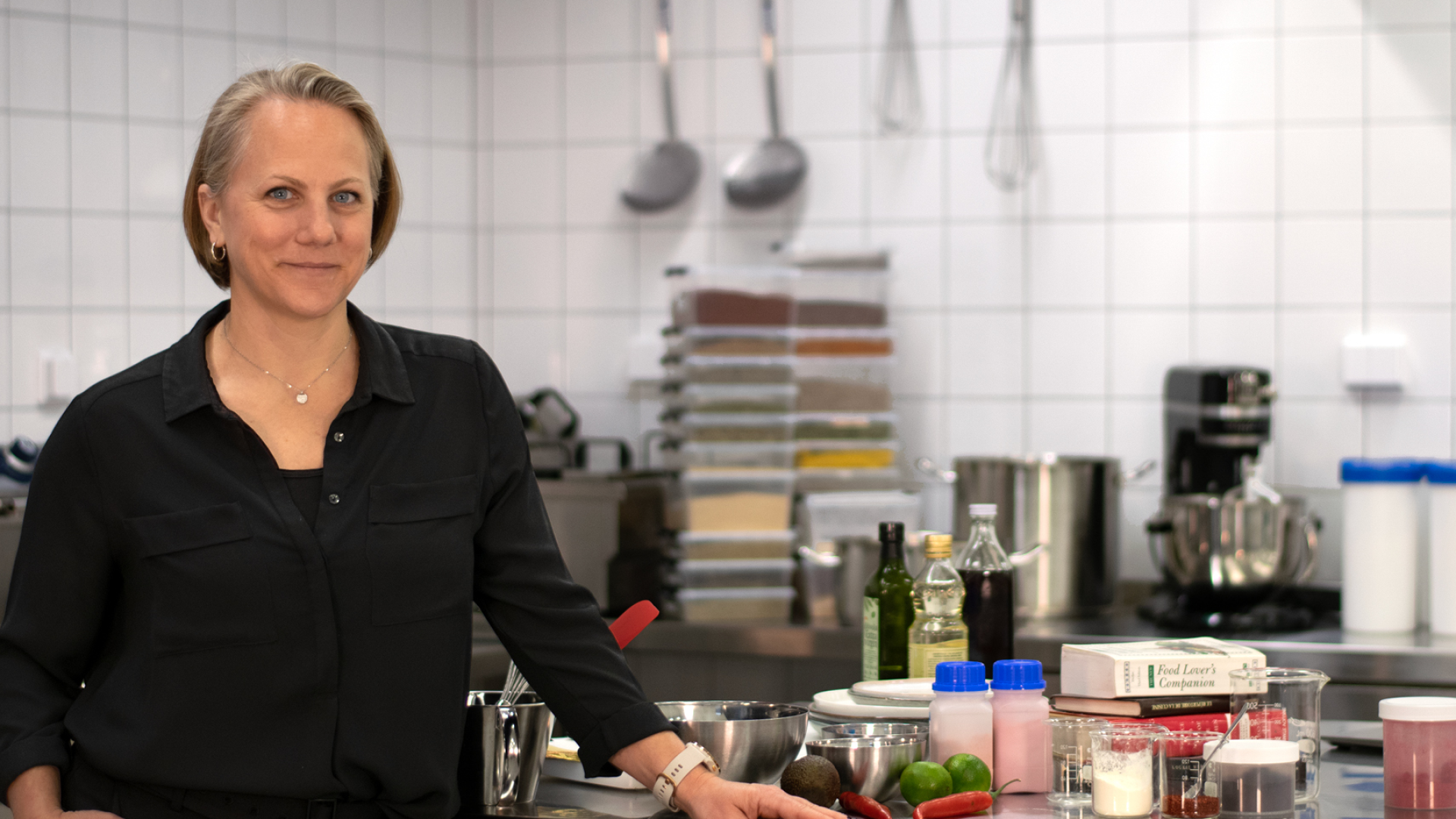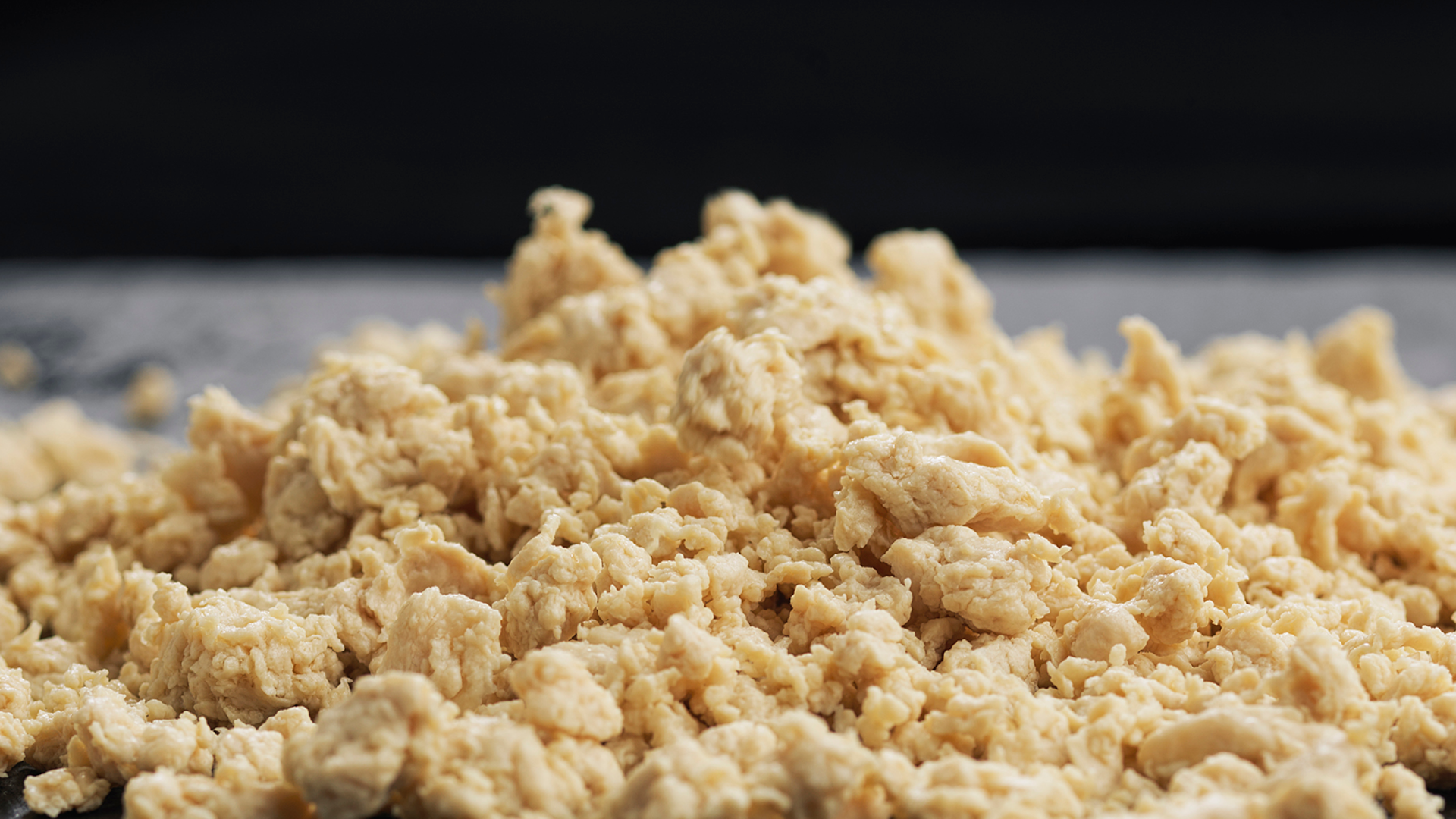It is commonly known that deforestation takes place around the world and it has been so for a long period of time. Especially rainforests such as Amazon are affected by this. Forests take up about 30% of the land area in the world and is of great importance for animals and biodiversity since around 80 % of the land-living species in the world live in the forest. Each year the ecosystem of the Amazon is absorbing millions of tons of carbon emissions, making it a key factor in mitigating climate change. In the end of August this year an area of about 18 100 square kilometers was burnt down and around 76 000 fires were counted across the Brazilian Amazon which is an increase of 80 percent compared to last year. But why has Amazon been burnt down more than other years when the world seems to be more and more aware of the climate change issue? This is indeed a justified question.
Meat production and Amazon fires
It is thought that the real cause behind these fires is human action, with the objective of clearing space for agricultural crops and for the ashes to fertilize the soil. Around 80 % of the deforestation is estimated to be caused by cattle ranchers and Brazil’s Amazon is one of the world’s largest exporters of beef (around one quarter of the global market). A lot of trees are cleared to plant soy as well and Brazil also has the highest soy bean production since 2001. Soy is used e.g. in meat substitutes, in tofu, in soy sauce and last but not least in animal feed. Behind beef, soy production is the second largest driver of deforestation. As the world population is increasing, the demand for such protein sources will also increase.
Choosing our protein sources
In view of the reasons behind these fires it is clear that the food and agricultural sector needs to be changed. Every individual must take action and find alternative protein sources at least to some extent replacing soy and meat. Also, protein sources that require that much land area will not meet the future need for preventing climate change while feeding an expanding population. We need to take action in our daily choices of protein sources so that there is no drive for deforestation. A lot of novel protein sources are focusing on minimizing the land usage, and there are alternatives. Soy is for example only profitable when grown in a tropical climate, making it hard to come to a solution where deforestation will not take place to be able to grow soy when demand is steadily increasing.
Decentralized Food Production
A characteristic of producing single-cell protein through fermentation is the ability to make it happen anywhere in the world, independent of climate conditions. This creates a great potential for an industry to be independent of supply chains from a particular part of the world. We call this a “decentralized” protein production system.
Decentralization of food production means that the focus and power of food supply is shifted from big producers in one place, to more local players all around the world. This is an important strategy to implement when trying to make protein production more sustainable. If more people around the world can play an active role in the protein production on different localizations and we do not rely on specific climates or areas for our production, we will release some of the strain that is put on climate-favorable regions, like the Amazon. Evidently, this would in the end lead to a decrease in deforestation and local land exploitation problems. Another important aspect is that if protein is produced closer to the food manufacturing facilities, the transport routes will be shorter or in some cases eliminated, leading to a lower overall climate impact from the food sector.
Promyc: Decentralized and sustainable protein production
Mycorena’s products will in the future be a sustainable and reliable protein source that does not desire special climate conditions that many other alternative protein sources do. The land usage is minimal and we’re using waste from food production to grow our fungi on. Our process does also require less water than other protein sources since we use the water provided from the industrial side stream. Also when climate change affects the agriculture more and more, making some crops hard to grow in a changing environment, our process will still work and be reliable. All of these factors are important to take into account when choosing a protein source.
As already mentioned, the rainforest is something that can help us mitigate climate change, but this will not be possible if all of it burns down. We need to be careful with what we have and choose more environmentally friendly protein sources that don’t rely on land usage and deforestation. But, don’t lose hope, the future protein source is here – Promyc is a healthy source of protein with minimal land use, and causes minimal environmental strain. And we are proud of that!
Author:
Martina Bergentall
Research Assistant at Mycorena
